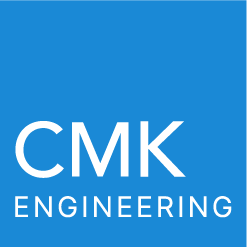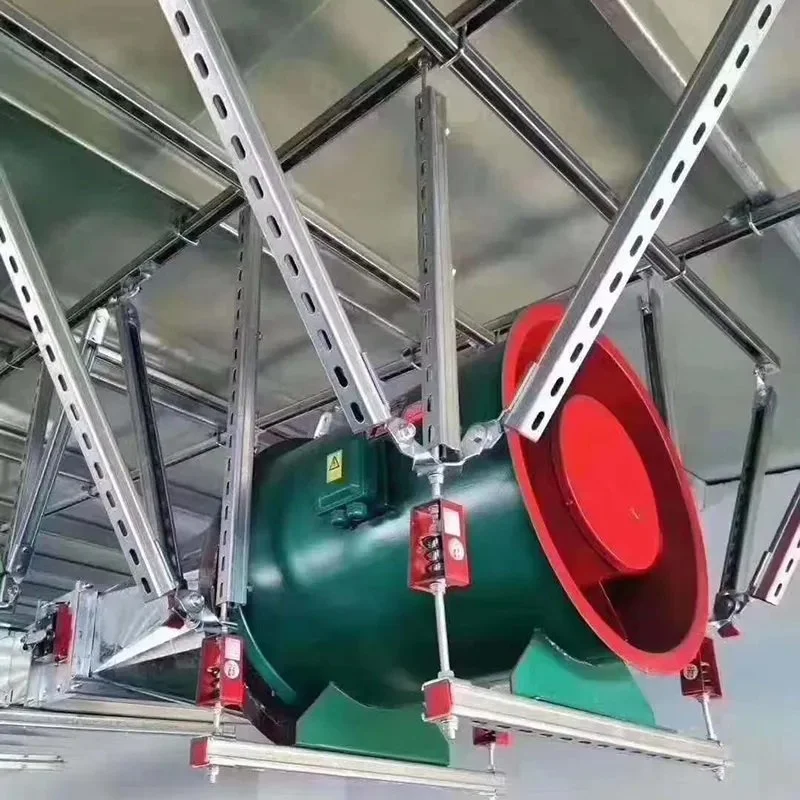Underpinning Design
Underpinning of an existing foundation requires careful coordination and planning between engineer and contractor to ensure safety of both the workers and structure. Loads, structure condition, soil capacity, access restrictions, contractor’s equipment, construction practice, and risk management should all be factored in when selecting and designing an underpinning method. CMK Engineering has experience designing a wide range of underpinning systems for various structure types. We work closely with contractor and collect detailed information about the conditions to develop a solution that is safe, practical, and economical.
-
Underpinning is a method of increasing the depth or width of an existing foundation to transfer loads to a more supportive soil layer using new piers, piles, poured concrete, or other structural support elements installed below or next to the existing foundation. Underpinning is not only used to strengthen, repair, or alter a building foundation, but also common practice during the construction of adjoining or nearby structures that require the removal or excavation of the soil supporting neighboring properties.
-
Mass Concrete Pour (Pit Method)
Needle Beam Method
Push Piers
Helical Pier (Screw Pile)
Micro Pile
Soldier Pile and Lagging
Beam and Base
-
The mass pour method, also known as “pit method” is the most common underpinning method as it is low in cost and simple to execute. In this method, a solid, continuous concrete foundation is poured beneath the existing foundation, typically in small alternating sections to limit the foundation exposure. While this method is popular for its low cost, it may not be suitable if soils are unstable or structure is in poor condition.
-
Using helical piles or mircopiles to underpin foundation is best for those sites where soil condition are variable and the access areas around the foundation are limited. In these methods, piles are screwed or drilled into the ground holes deep enough to allow the piles to rest on a stable soil layer. While this method is best suited for any adverse soil condition, the process can be quite expensive due to the expertise involved.
Contact Us For Your Underpinning Design Needs
More Services


















